Affiliate links on Android Authority may earn us a commission. Learn more.
Sony WH-1000XM4 vs. Bose Noise Cancelling Headphones 700: Battle for the throne
March 9, 2021

When it comes to active noise-cancelling headphones, Sony vs Bose is a showdown as legendary as any you’ll find in Hollywood. Bose sought to reclaim the crown back in May 2019 when it released its flagship Noise Cancelling Headphones 700. Now, Sony has counterpunched with the WH-1000XM4 to defend its title. We’ve set up a true Sony WH-1000XM4 vs Bose Noise Cancelling Headphones 700 showdown to see which headset is worth your hard-earned cash.
Update, February 14, 2021: The article was updated to address the Apple AirPods Max.
The comfort to listen longer
Bose’s Noise Cancelling Headphones 700 dons a clean minimalist design with matte earcups and an adjustable headband. The headphones are comfortable and provide good isolation, though the headband itself may contribute to a bit of added pressure. It’s not uncomfortable, though it may be less desirable during long listening sessions.
Start here: Headphone buying guide: Everything you need to know
Sony stuck to its winning formula with Sony WH-1000XM4, essentially replicating the WH-1000XM3 — right down to the handy folding hinges. Sony beefed up the earcups for improved comfort and better isolation, though it came at the cost of some headband padding. The less-padded headband can lead to the same long-term discomfort as the Noise Cancelling Headphones 700, though it’s not disqualifying in either case.
Touch control trade-offs
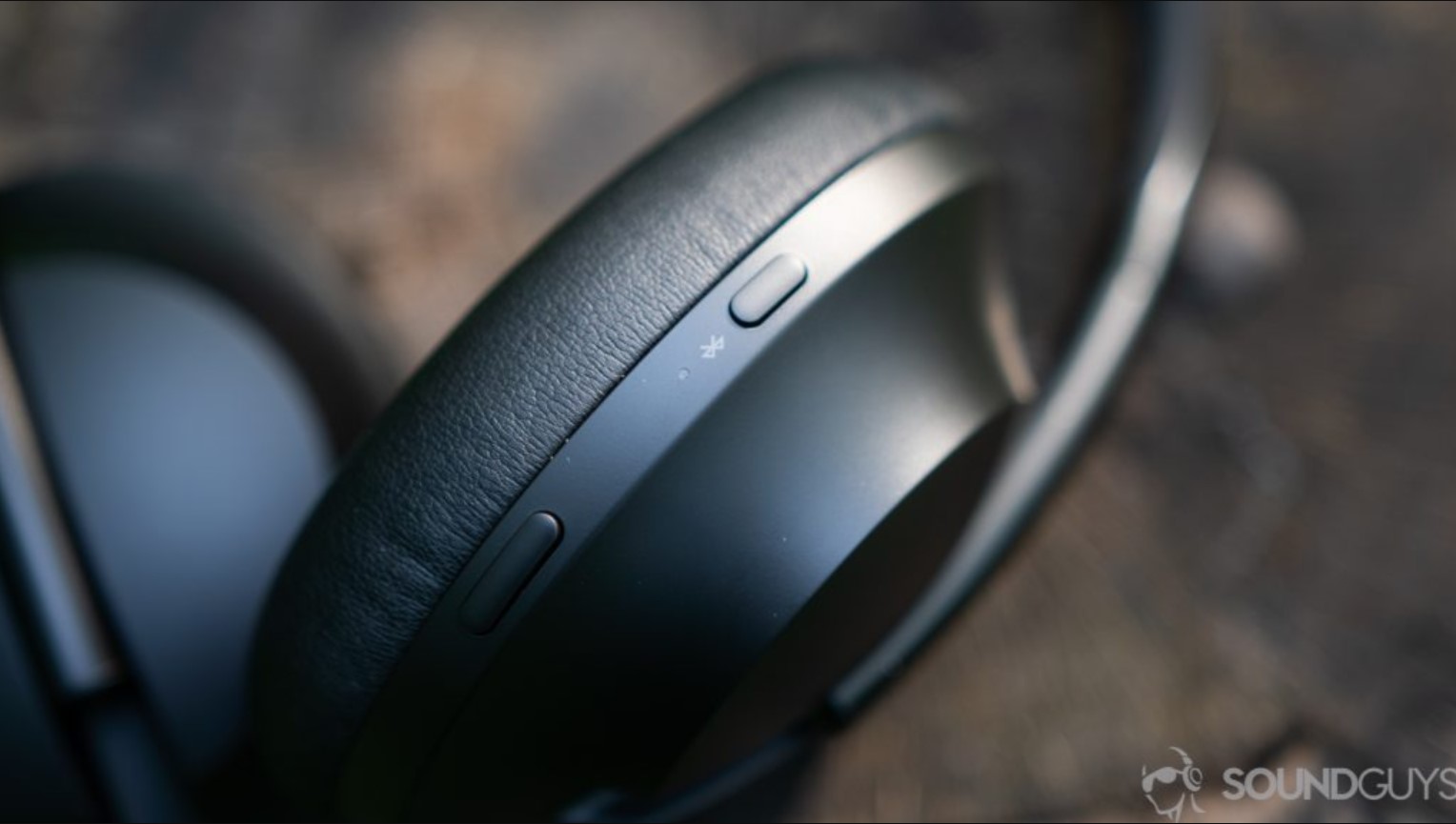
For better or worse, the Sony WH-1000XM4 skips physical button controls in favor of touch sensors. You control playback and volume on the right side and manage ambient sound and voice assistant from the left, but you’ll need the Sony Headphones Connect app for full functionality. Unfortunately, we often had trouble with the tap commands, especially when we tried to double-tap to pause playback. Luckily, a handy sensor inside of the left earcup automatically pauses your playback when it senses you’ve removed the headphones.
Instead of choosing buttons or touch controls, the Bose Noise Cancelling Headphones 700 relies on a mix of the two. Buttons control pairing, ANC settings, and the voice assistant, while a touchpad takes charge of the volume and playback. In our tests, we found the Noise Cancelling Headphones 700 handled swipes and taps better than the WH-1000XM4.
Connection quality and codecs: Sony WH-1000xM4 draws first blood
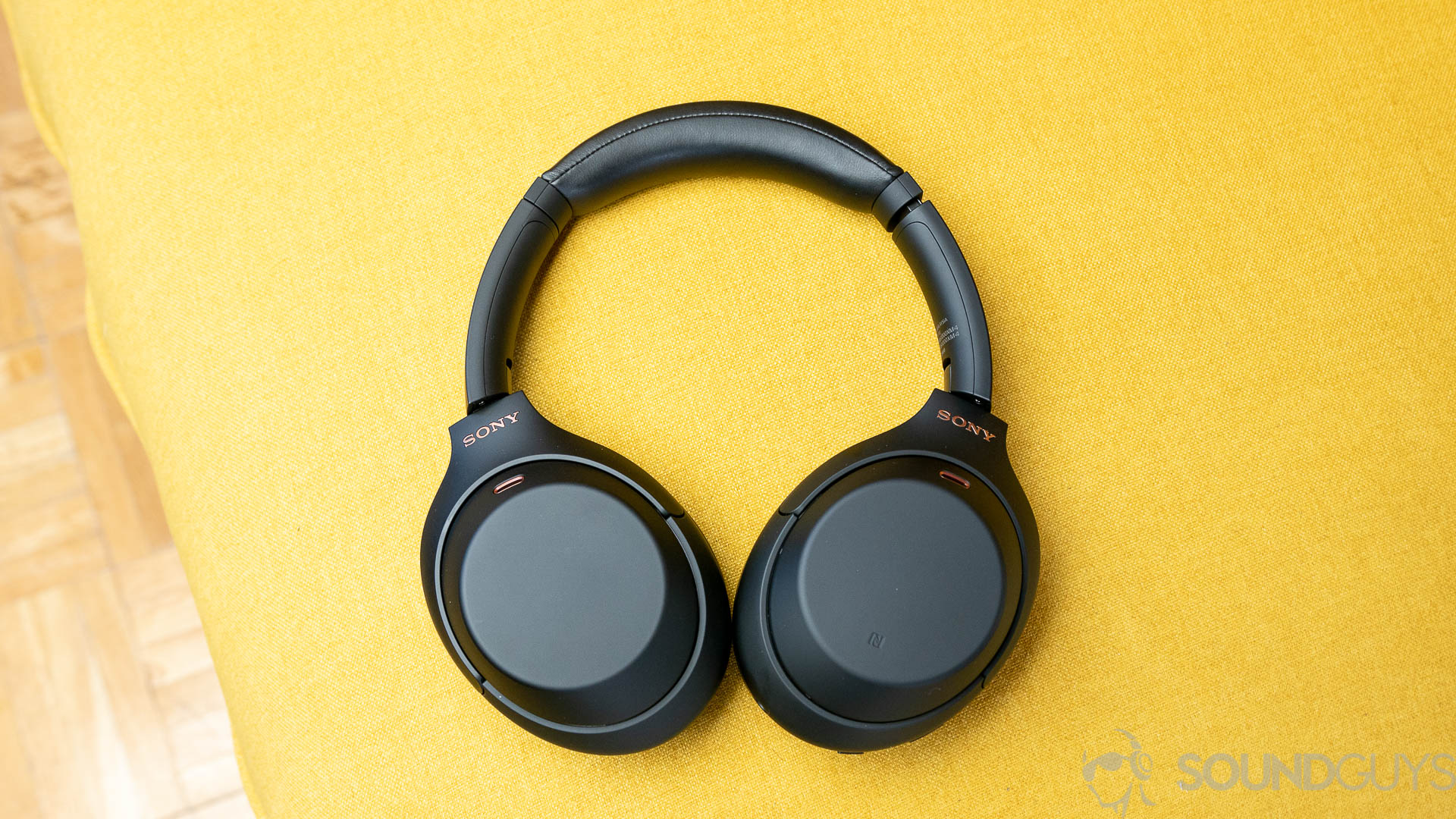
As you might expect from two leading pairs of headphones, there are plenty of connection options. However, the setups aren’t the same, and the differences finally shed some light on this showdown.
The Bose Noise Cancelling Headphones 700 packs a small 2.5mm headphone jack and supports just one high-quality Bluetooth codec — Apple’s AAC setup. Android users are left out in the cold, as the operating system fails to consistently play nice with AAC. Even still, Android listeners can stick to the SBC codec as a fallback plan.
On the bright side, the Noise Cancelling Headphones 700 offers speedy pairing with Android phones and it takes just a few taps to activate Google Assistant. You can also take advantage of Bluetooth Multipoint to switch between devices.
Sony’s WH-1000XM4 relies on a standard 3.5mm headphone jack and the addition of the LDAC codec is a welcome change. It’s the manufacturer’s proprietary setup and although it has its flaws, it remains the best codec we’ve used for Bluetooth streaming. The WH-1000XM4 also offers Bluetooth multipoint, though it’s limited to the AAC codec.
A pair of sound-quality heavyweights
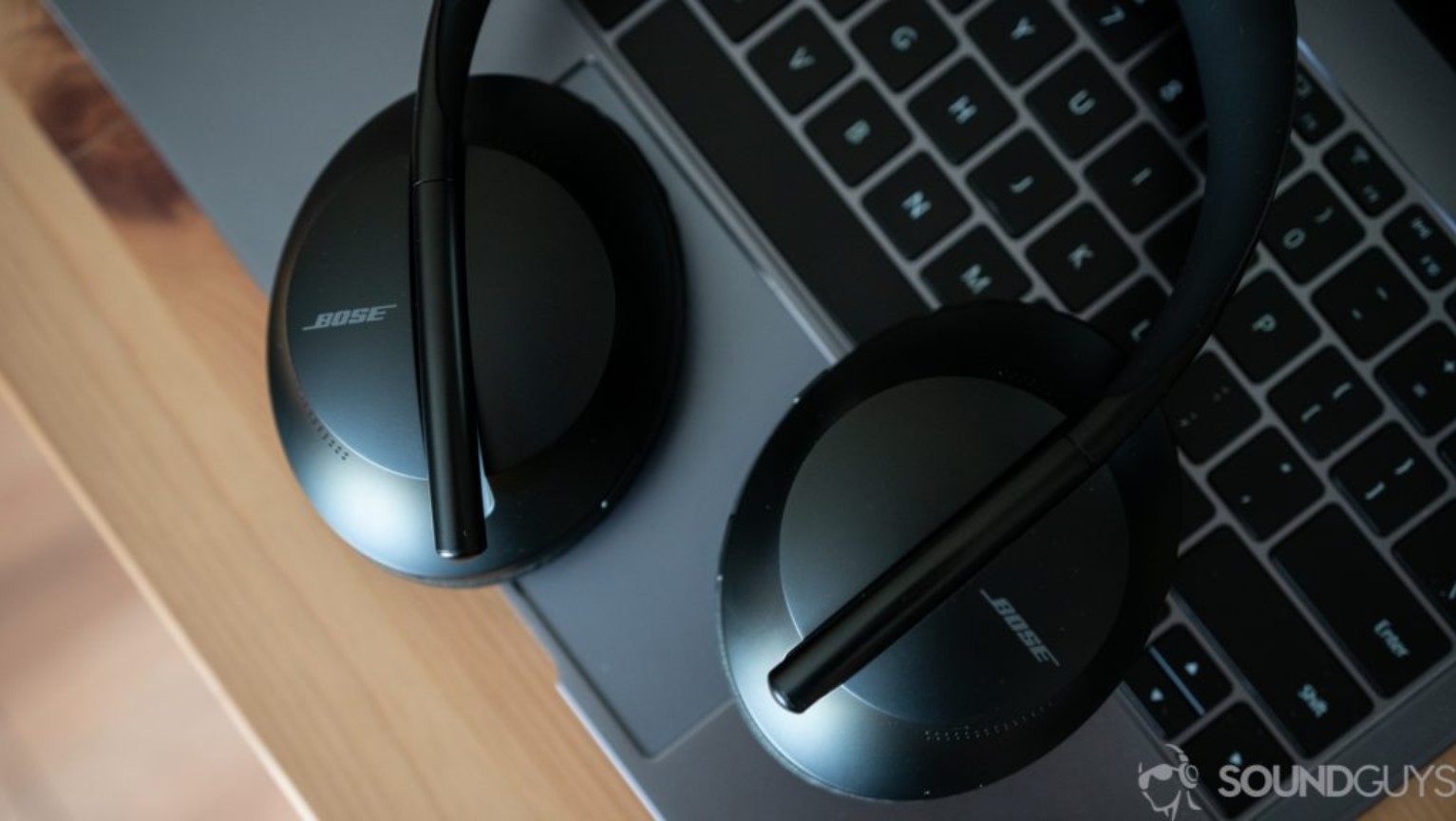
It almost goes without saying that the sound quality is excellent on both headsets. The Bose Noise Cancelling Headphones 700 tunes to a more neutral sound response than the previous QuietComfort 35 II. It emphasizes the low end, which results in a consumer-friendly profile with clear — though not overwhelming — bass.
Based on sound signature alone, Bose should take this battle as it’s a more neutral experience. In fact, the WH-1000XM4 emphasizes the low-mid sounds like kick drums and deeper voices while sacrificing a bit of the high-pitched sound. However, we’re giving Sony the edge thanks to the high-quality playback of the LDAC codec.
Noise-cancelling: Sony WH-1000XM4 extends its lead
Once again, both pairs should offer excellent noise-cancelling as two of the more premium headsets on the market. However, the Sony WH-1000XM4 takes the cake thanks to its low-mid cancellation. It’s simply the better set when it comes to neutralizing the sound of airplanes and other noises.
The Bose Noise Cancelling Headphones 700 is far from lacking, though it’ll do better at tuning out office chatter and clattering keyboards instead of loud, low sounds.
Two good – yet flawed – microphones
Sony’s predecessor, the WH-1000XM3, had a great microphone setup — but it may have been a one-off. While neither set quite lives up to that legacy, both offer microphones that will work well for phone calls and Zoom meetings. Take a listen to both samples and decide for yourself which sounds better:
Sony WH-1000XM4 demo:
Bose Noise Cancelling Headphones 700 demo:
Which microphone sounds better: The Sony WH-1000XM4 or the Bose Noise Cancelling Headphones 700?
Sony’s WH-1000XM4 microphone bumps slightly around 1kHz, which gives speech intelligibility a boost. It adds slightly to the ambient noise, though the boost to your voice should outweigh the other sounds. The Bose Noise Cancelling Headphones 700, on the other hand, dip around 1-3kHz which slightly de-emphasizes the same vocals that Sony boosts. As a result, you’ll also be less likely to notice the hum of a desk fan through the Headphones 700 microphone.
While both headphones have their differences, they also share one common problem — the sharp drop that begins at 200Hz. It’s done to counteract a bit of the proximity effect, though it means that speakers with deeper voices may not sound as clear.
Bose Music vs Sony Headphones Connect
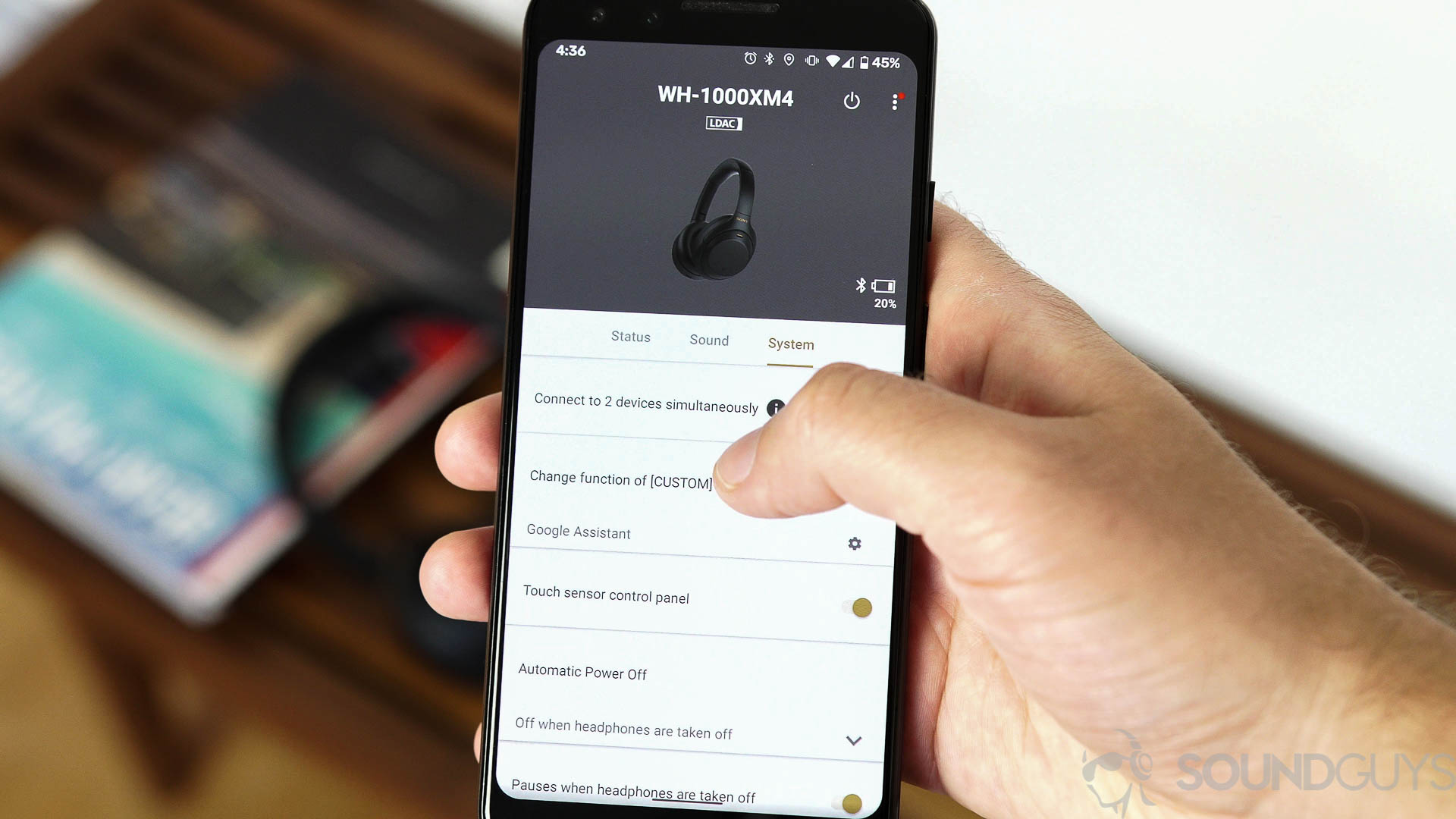
In a battle of the Sony WH-1000XM4 vs the Bose Noise Cancelling Headphones 700, it almost seems unfair to compare the companion apps. However, connectivity has become an integral part of the modern Bluetooth experience, so here we go.
Sony’s Headphones Connect app offers a rich suite of customization options for the WH-1000XM4. You get access to features for fine-tuning your listening like EQ controls, Sony 360 Real Audio setup for surround sound, and DSEE Extreme for boosting low-quality sound files.
You’ll also have to use the Sony app to manage your usability features like voice assistant, ambient sound controls, and touch sensor layouts. As part of the ambient sound controls, you can program unique noise-cancelling profiles for your commute, your office, or even just sitting on the couch.
See also: Best Bluetooth headphones
As extensive as the Sony Headphones Connect app is, the Bose Music app is similar with some limitations. You can’t prioritize connection quality or sound quality. You may, however, head to the app for all firmware updates, and it’s also where you manage your noise-cancelling — on a basic scale from one to 11. While you can control multipoint from the app, as well as your voice assistant, you can also create a custom EQ per firmware version 1.4.12.
The battery battle: Finally, a point for Bose

In a world where we’re spending more time than ever at home and a charger is never far away, battery life may not matter as much as it once did. However, we test all of our headphones at a constant 75dB output with noise-cancelling cranked to the max until the battery runs out of juice.
Based on our rigorous trials, we found that the Bose Noise Cancelling Headphones 700 lasted slightly longer at 21 hours and 25 minutes. The Sony WH-1000XM4 managed just one minute shy of 20 hours of playback, losing the race by nearly an hour and a half. Of course, you can probably achieve longer battery life by limiting your ANC and using a preset EQ.
Both pairs rely on USB-C to get you charged up and back on the go, though the Sony WH-1000XM4 is slightly more efficient. It reaches five hours of playback after just 10 minutes plugged in; the Bose Headphones 700 gather two hours of juice on 15 minutes of charging.
Sony has your back if you’re in a hurry, though Bose is in for the long haul of listening.
Sony WH-1000XM4 vs Bose Noise Cancelling Headphones 700: Which one should you buy?
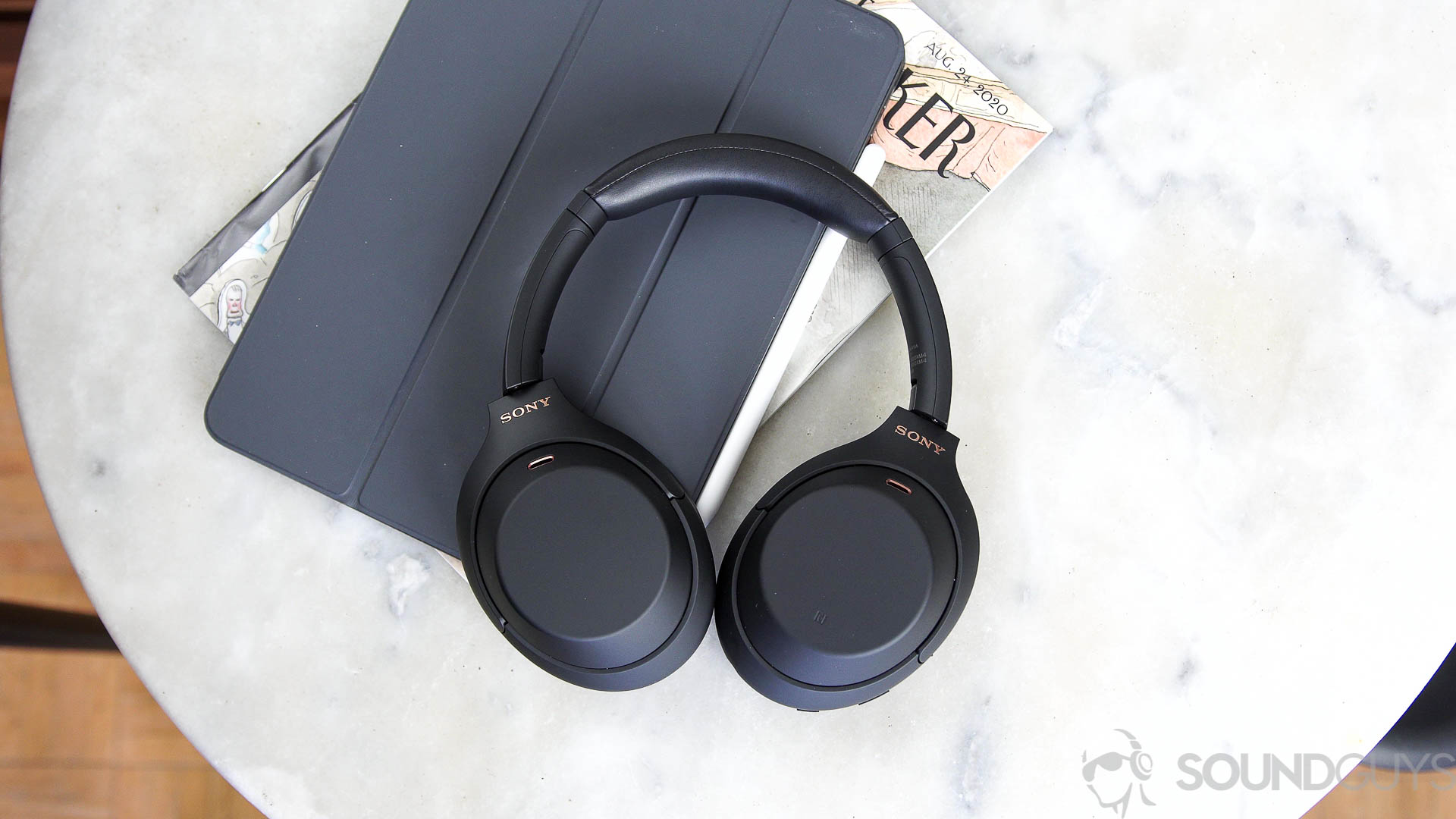
Finally, the question for all the money. If you tally up the individual victories, the Sony WH-1000XM4 comes out as the top dog. The two pairs share similar hardware as far as touch controls and microphone quality, but the finer details set Sony apart. The WH-1000XM4 offers a better sound signature and the all-important noise-cancelling is superior as well. Add the app integration and folding design to the mix and you have one of the best headsets around.
However, the Bose Noise Cancelling Headphones 700 are still on the noise-cancelling podium, and the design is absolutely gorgeous. Not to mention the competitive noise-cancelling and the neutral sound signature that Bose lovers expect. If you’re firmly planted in camp Bose, then it makes perfect sense to grab their latest and greatest. If you’re considering the switch to the dark side, we can’t recommend it enough.
Save money with the Sennheiser PXC 550-II or Bose QuietComfort 35 II
Alternatively, you could leave both Bose and Sony in the dust and opt for a highly-rated alternative. The most obvious direct alternative are the Bose QuietComfort 35 II headphones. As the name suggests, these are among the most comfortable headphones on the market and share many of the same features as the Bose Noise Cancelling Headphones 700. We also recommend the Sennheiser PXC 550-II for the comfortable design, aptX support, and low-frequency noise cancelling — it doesn’t hurt that the headset costs half as much, either.
You might also consider a pair of noise cancelling true wireless earbuds for maximum portability. They can’t match the battery life, though many pairs offer wireless charging cases and it’s easy to simply slide a pair into your pocket. We like the Sony WF-1000XM3 — the WH-1000XM4’s little brother — which offers powerful Sony noise-cancelling.
What about the Apple AirPods Max?
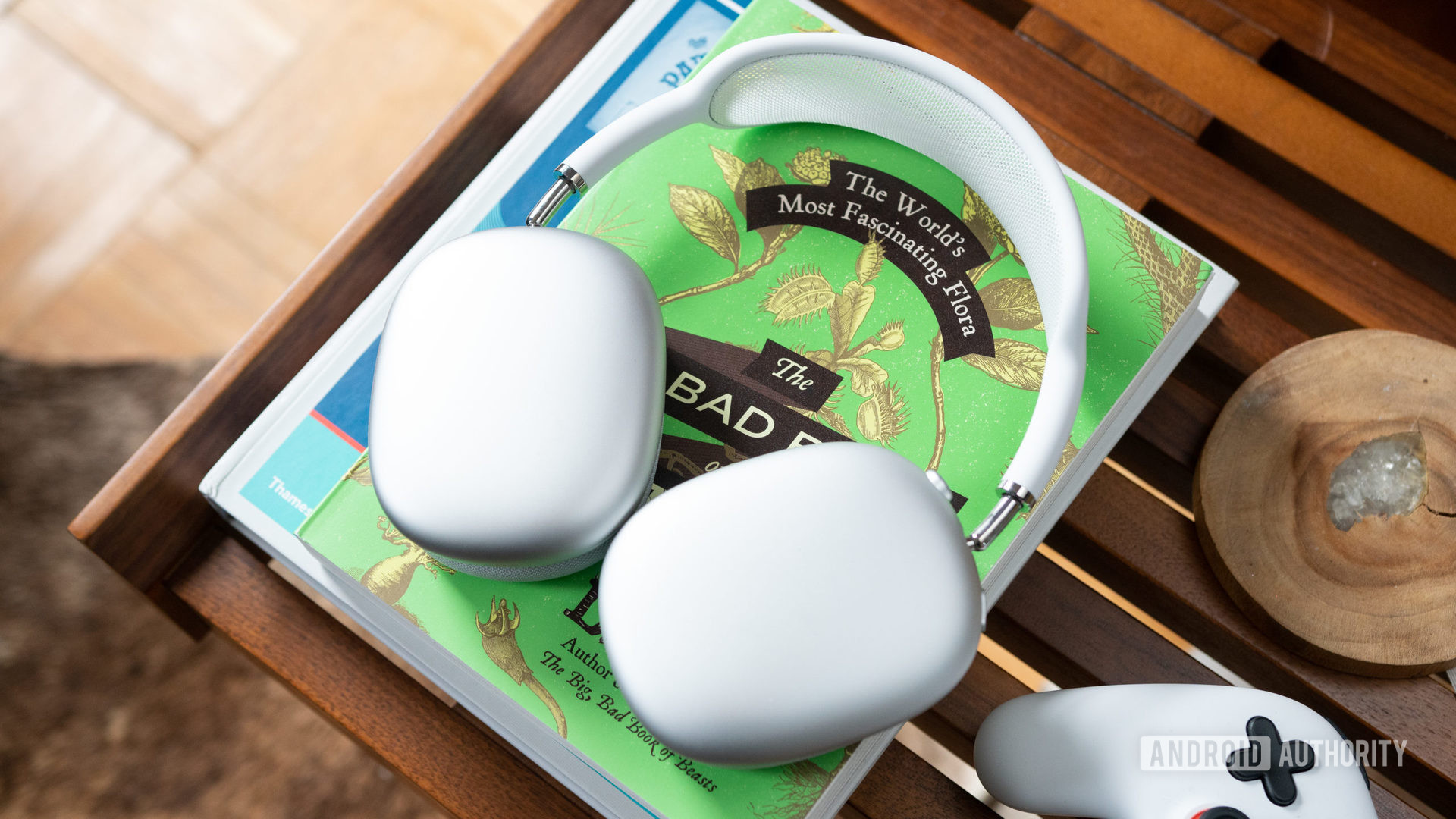
The AirPods Max is Apple’s debut set of over-ear headphones, and the company that invented ANC includes it here. ANC performance is among the best we’ve tested, and sound quality is excellent too. The H1 chips do a lot of heavy lifting when it comes to these processes, as they power things like Adaptive EQ, Transparency mode, hands-free Siri access, Spatial Audio, and more.
See also: Apple AirPods Max vs Bose Noise Cancelling Headphones 700
In typical Apple fashion, its AirPods Max headset is really only good for those already neck-deep in the Apple ecosystem. If you want this headset, and want to keep it updated, you need an iOS or iPadOS device. It supports wired audio playback, but you need to purchase a 3.5mm to Lightning adapter. The AirPods Max is a very good pair of ANC headphones, one of the best, but its cost-prohibitive price tag will drive listeners to look elsewhere.
Thank you for being part of our community. Read our Comment Policy before posting.